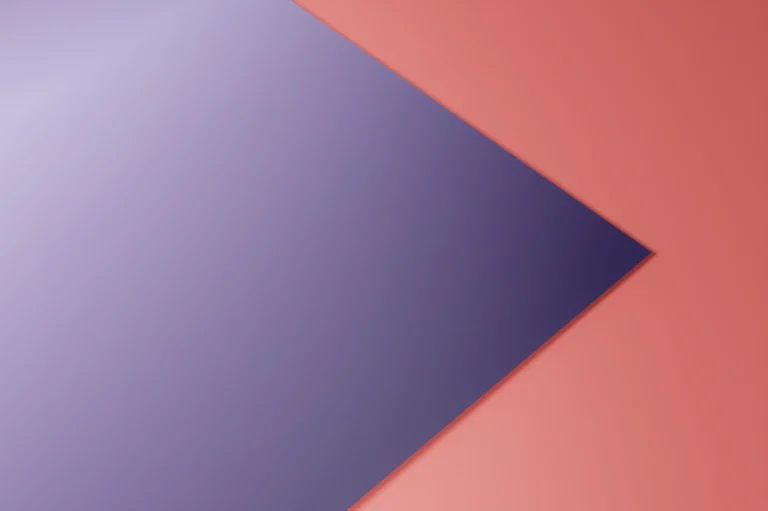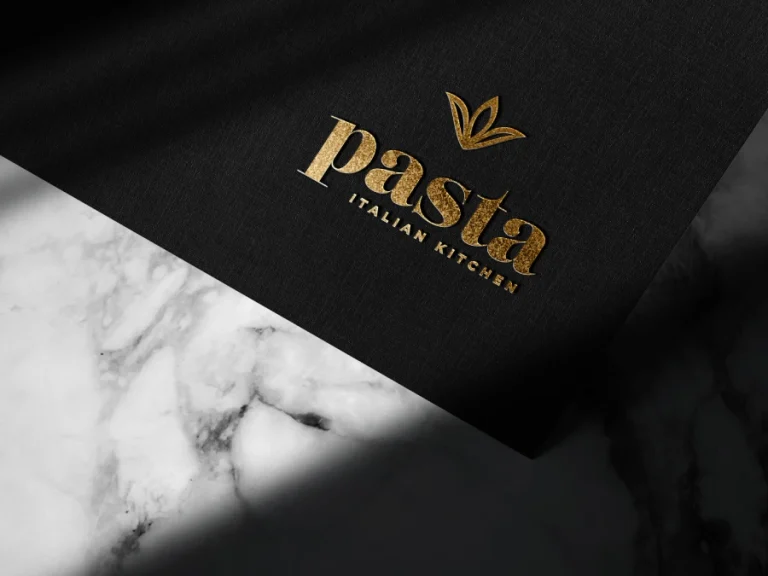In today’s competitive market, packaging is a vital tool that helps products stand out and get recognized by consumers. Many techniques can be used to make packaging more attractive and functional, but one of the most effective and popular ones is UV coating. This technique offers practical benefits and makes custom packaging look even more appealing.
UV coating, or ultraviolet coating, is a clear, shiny liquid coating used on printed materials. It’s a popular printing method used to protect items that get handled a lot during delivery.
UV coating is like a clear or see-through liquid that dries fast when UV light is applied and becomes hard and shiny. It is used on packaging prints to hold the ink from fading and to make the package look nicer.
The Process of UV Coating
The UV coating process is widely used for fine finishing of the packaging. It involves applying a clear liquid mixture containing ingredients like calcium, carbonate, kaolinite, and polyethylene. This mixture is spread over the packaging surface using a silkscreen or roller to make sure it covers the surface well.
Ultraviolet light is used to dry the applied wet coating, and in just a few seconds, it becomes completely dry. UV coatings are resistant to water, which is why they’re often used to protect packaging surfaces.
The Difference Between UV Coating and Spot UV
Spot UV printing works like UV coating, using the same liquid stuff. The only thing that makes them different is instead of covering everything, Spot UV is applied to certain spots, like logos or text. It is used to make those parts stand out, adding depth to packaging designs.
Types of UV Coating
Here are some types of UV Coating that are used for creating different looks and textures on your packaging boxes:
Gloss UV
- This coating gives the shiniest finish.
- It’s great for a vibrant gloss and a polished look.
- To avoid making surfaces too reflective, especially for text, consider using it with spot UV printing.
Matte UV
- Matte finishing is used to give your packaging an elegant and luxurious feel.
- You can also use matte spot UV on specific areas you want to highlight.
- Be aware matte UV can show fingerprints easily, so it might not be ideal for all products.
Pearlescent UV:
- This coating adds a pearly glow to your boxes.
- It is achieved by combining Gloss UV with metal flecks in various colors.
- It’s perfect for giving a shimmering finish.
Advantages of UV Coating
The smooth, shiny surface produced by UV coating adds a premium look and feel to the packaging, making it more attractive to consumers. Along with aesthetic appeal, following are the benefits
High-End Glossy And Shiny Finish
When you use the UV coating correctly, your packaging will have a deep, luxurious shine, making dark colors look even richer and almost wet. This type of coating is popular with customers who want their package design to pop with vibrancy.
Better Clarity
UV coating enhances the richness and vividness of logos and photos, making them stand out more effectively.
More Durable Packaging
If your packages will be handled a lot, UV coating adds an extra layer of protection. It has a thicker coating that resists smudges and marks while maintaining a professional look.
Quick-Dry Finish
UV coating dries instantly when exposed to UV light, so there’s no waiting around. This means faster production times, which is especially beneficial for e-commerce packaging like mailers and shippers. You can get your products to your customers faster, enhancing their experience.
Eco-Friendly Coating
UV-coated packaging materials are recyclable alongside other materials, reducing their environmental impact and providing a sustainable option.
Disadvantages Of UV Coating
UV Coating has many benefits does not make it a fact that it is perfect for all. It is important to remember that everything has its pros and cons. Nothing is perfect and that makes it interesting. While discussing the edges of UV Coating it is equally needed to put some light on the cons to make you aware.
Not Friendly With Metallic Inks
Combining Metallic Inks with UV Coating could be disastrous as it could damage the packaging surface, so it’s not advisable to use these printing processes together.
Risky With Foil Stamping
Technically, it is possible to use Foil Stamping and UV Coating simultaneously. It requires careful design and application to achieve optimal results. Combining the two processes increases the risk of errors.
Ink Can Smear
The high-gloss finish of UV Coating can cause ink on the surface to spread if rubbed too much. While UV Coating adds resistance to scratches and scuffs, smudging remains a possible issue.
Lighter Paper Weight
When using UV Coating on lighter paper weights, there’s a risk of curling due to the liquid application. Stay within specified tolerance ranges to avoid this issue.
Chemical Reaction Risk
UV coating may be inclined to chemical burning depending on the PMS color utilized.





